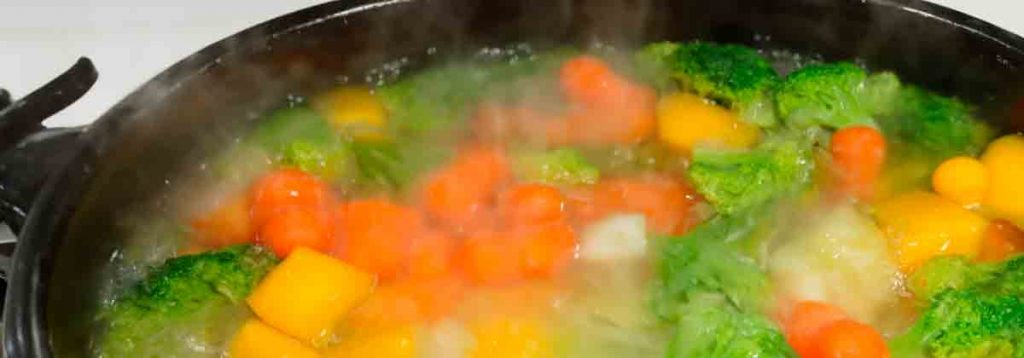Mastering the Basics: 10 Types of Cooking Methods You Should Know
Whether you’re a novice cook or a seasoned chef, it’s important to understand the fundamentals of cooking. One of the key basics is recognizing the major types of cooking methods. Understanding cooking techniques will allow you to become adept at using them and give you the tools to prepare food like a pro.
10 of the most common cooking methods to know:
1. Baking
Baking relies on the dry, ambient heat of the oven to surround food and cook it gradually. Batters and doughs are baked into breads, pastries, pies, cakes, and more. Lower oven temperatures are typically used than broiling. The dry air creates a crust around the exterior while cooking the interior. Steam from the food item itself helps create air pockets and texture. Master key baking techniques like precise measuring, thorough creaming, gentle whisking, sufficient kneading and preheating, even rolling, greasing pans, testing doneness, and cooling before decorating. Practice makes perfect for delicious baked goods!
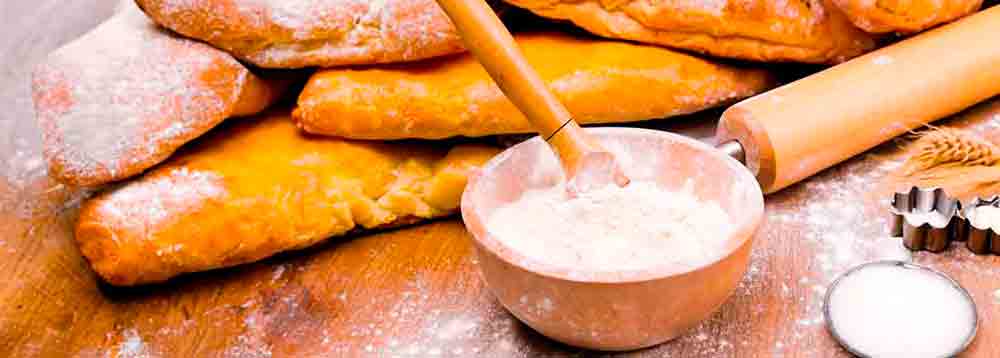
2. Broiling
Broiling is a dry heat cooking method that involves exposing food to direct heat from above or below. The food cooks uncovered on an iron grilling rack or pan that has been lightly oiled to prevent sticking. The intense heat quickly sears and browns the exterior while locking in moisture and flavor. It works best for relatively thin cuts of meat, fish, vegetables and other quick-cooking foods. Master broiling basics to add delicious charred flavor with this high-heat dry cooking technique.
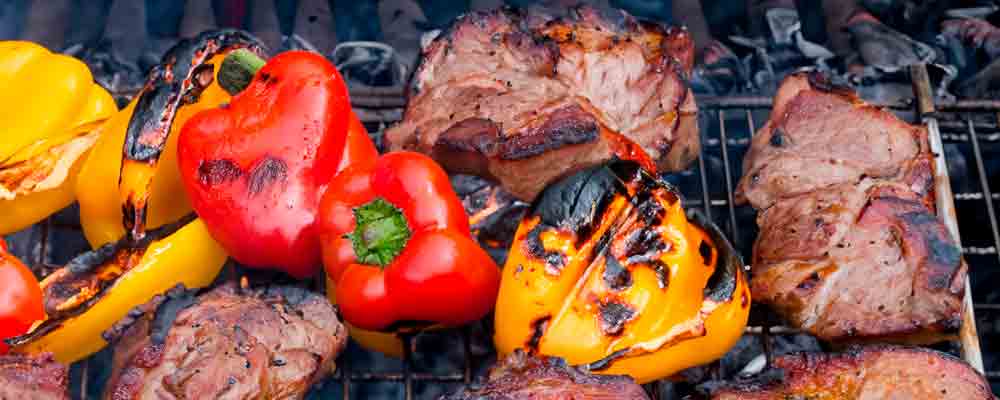
3. Roasting
Roasting uses dry oven heat to cook food uncovered, usually meat or vegetables. It relies on hot air circulating around the food to cook and brown the exterior while sealing in juices. To roast, coat the food in oil or spices and place in a roasting pan at 350-450°F. The high heat caramelizes natural sugars, intensifying flavors and textures. Roasting tougher cuts of meat at lower temps keeps them moist. Root vegetables roast up crispy outside and soft inside. The juices often create delicious pan sauces for basting and serving. Master roasting techniques to bring out foods’ natural flavors. The high dry heat browns, crisps, and caramelizes while locking in moisture.
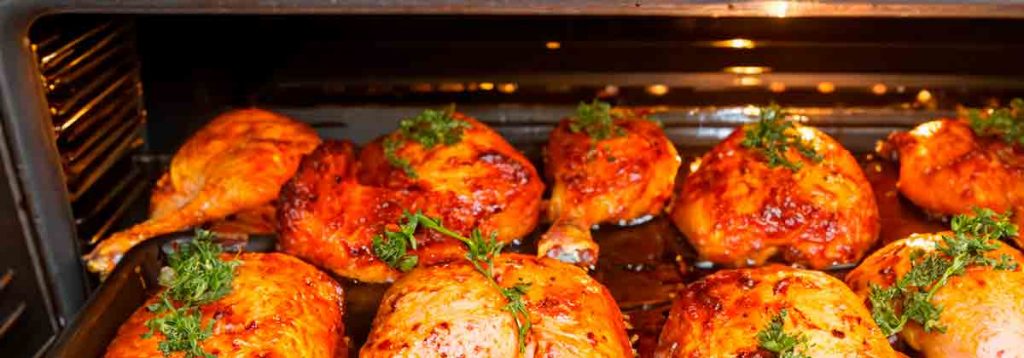
4. Grilling
Grilling cooks food directly over an open flame, adding great charred flavor. Light and preheat gas or charcoal grill before cooking. Oil grates to prevent sticking. Place food right over heat for direct grilling or off to the side for indirect heat. The dry flames sear and caramelize exteriors while cooking interiors. Basting with sauce glazes food. Quick cooking, thin, tender items like meats, veggies, and seafood work best. Harder vegetables can be parboiled first. Mastering grilling techniques lets you infuse dishes with delicious smoky, charred flavor. The high dry heat from below sears and cooks food while accentuating natural tastes. Fire up the grill to add signature barbecue flair to meals!
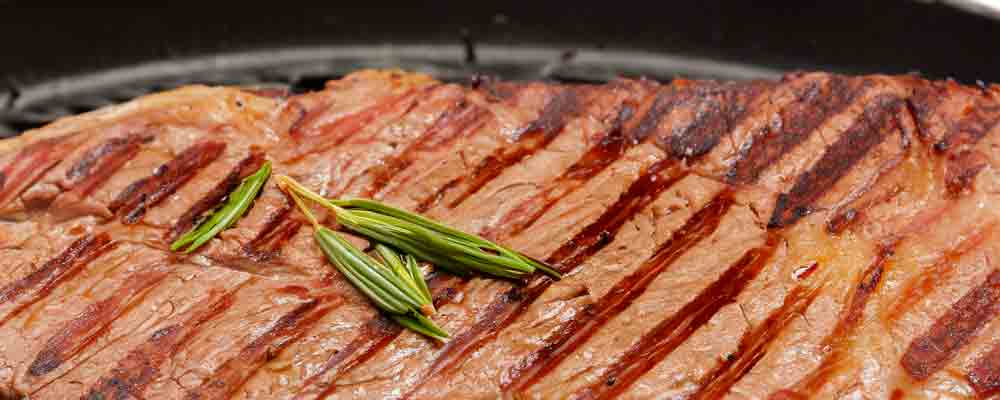
Grilling terms
| SL. | English | French | Percentage |
|---|---|---|---|
| 1. | Rare (very underdone) | Aubleu | 40%-45% |
| 2. | Underdone | Saignant | 50%-60% |
| 3. | Just done | A-point | 70%-80% |
| 4. | Well cooked | Bien Cuit | 90%-100% |
5. Sautéing
Sautéing quickly cooks food with minimal butter or oil over high direct heat. It both browns the exterior and cooks the interior of foods. To sauté, get the pan hot before adding enough fat to coat the bottom. Add aromatics like garlic and onions first to bloom flavors. Then add items in a single layer, tossing and flipping frequently with tongs or a spatula. Keep food moving to prevent sticking and burning. Sautéing works well for tender meats, seafood, vegetables and more. Master this classic technique to sear and cook food while retaining moisture and adding delicious browned notes.
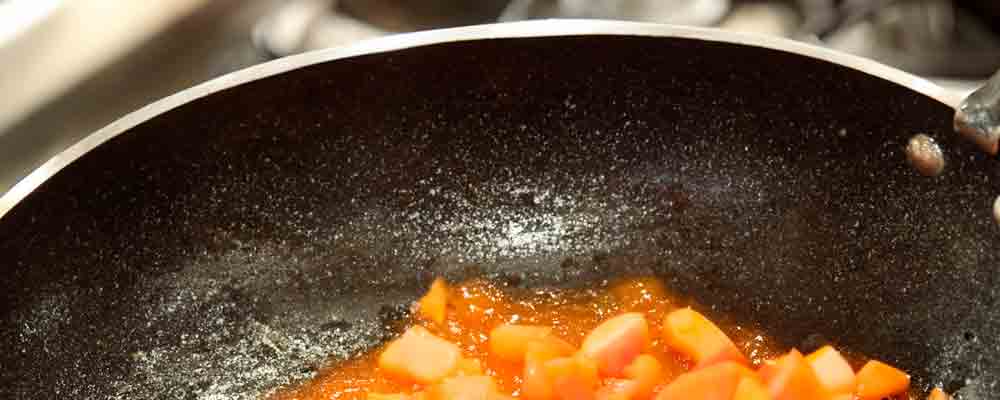
6. Pan frying
Pan-frying relies on hot oil in a pan to quickly brown and cook food. Heat enough oil to shallowly coat the pan bottom. Dredge foods in flour, breadcrumbs, or batter to help brown. Add food in a single layer with space between pieces. Turn food periodically until crispy and cooked through. Pan-frying works great for foods like burgers, steak, chicken pieces, French fries, and fish filets. The hot oil conducts intense heat to the exterior, sealing in moisture. The moderate oil amount prevents absorbing too much fat. The hot oil browns, crisps, and cooks food quickly while keeping interiors juicy.
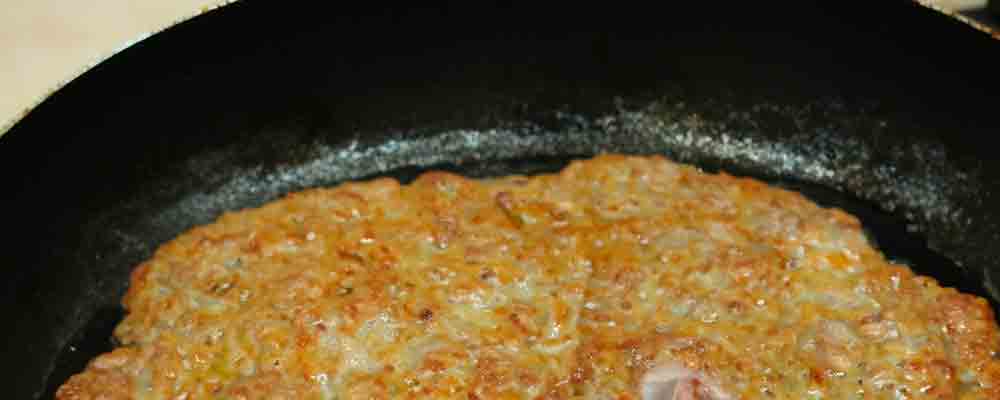
7. Stir frying
Stir-frying involves cooking small, uniformly cut food quickly over very high heat while constantly stirring and tossing. Heat oil in a wok or large skillet until smoking. Add aromatic ingredients like garlic, ginger, or chilies and stir-fry briefly. Then add your main ingredients and keep them moving. Stir-frying preserves textures and seals in flavors. It works well for bite-sized pieces of tender meat, seafood, and veggies. Combine sauces at the end. Master stir-frying to cook fast while keeping ingredients bright and distinct. The intense tossing motion and high heat seal moisture and flavors
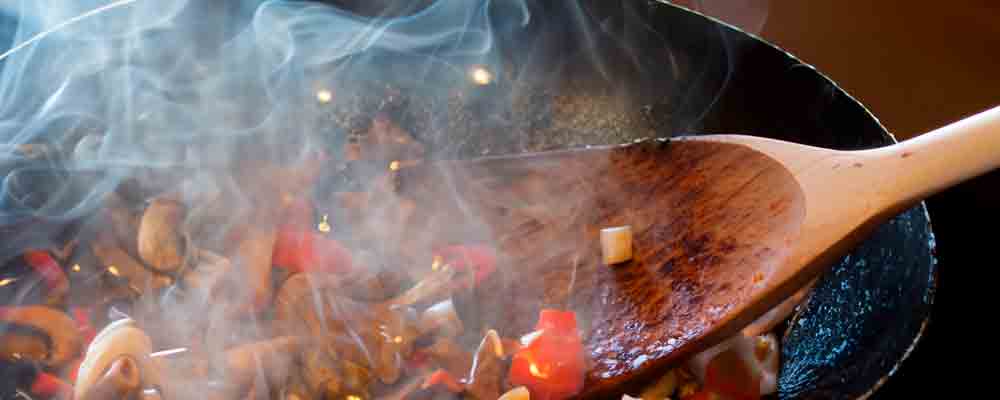
8. Deep frying
Deep-frying fully submerges food in hot oil to cook it quickly and make it ultra crispy. Use a deep pot and heat at least 2 inches of oil to 350-375°F. Lower food gently into the oil using tongs or a frying basket. Turn food periodically so it browns evenly. Fry in batches to prevent temperature drops. Let cooked food drain on paper towels. Deep-frying works great for foods like donuts, french fries, and fried chicken. Master this indulgent cooking method for crispy, juicy meals. When deep frying, the bubbling hot oil seals in juices and flavors while quickly browning and cooking the exterior to a crispy texture.
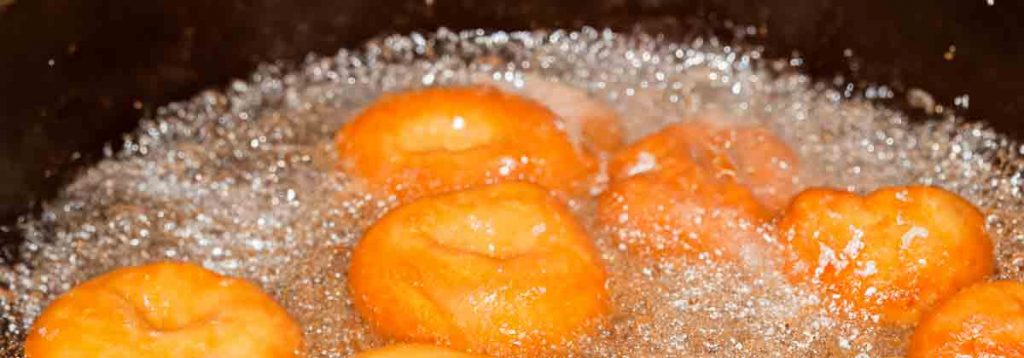
9. Simmering
Simmering gently cooks food in hot liquid kept just below the boiling point of 212°F. It prevents violent bubbling that could break food apart. Add your ingredients to a pot with broth, water, wine, or sauce. Bring to a gentle simmer over medium-low heat. The liquid should quiver rather than bubble rapidly. Covering retains moisture. Check periodically and add more liquid if needed. Simmering works well for braises, stews, soups, and tough cuts of meat that benefit from moist gentle cooking. Master simmering’s low and slow approach incredible flavors..
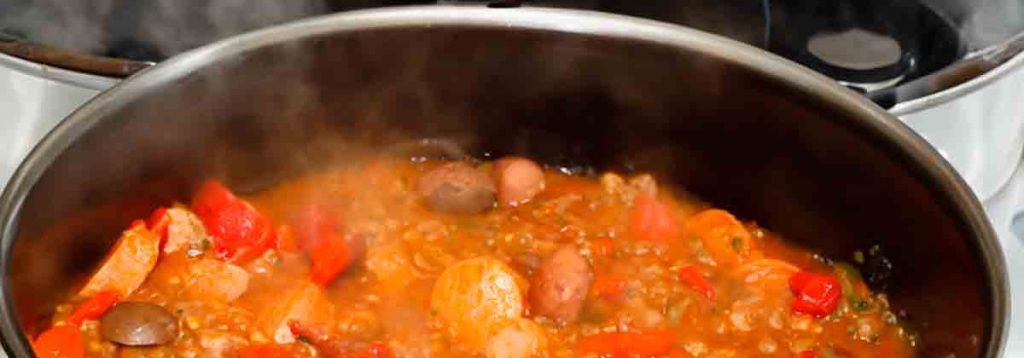
10. Boiling
Boiling rapidly heats food by immersing it in vigorously bubbling liquid at the boiling point, which is 212°F (100°C) at sea level. Bring a pot of water or broth to a rolling boil over high heat before adding food. The turbulent bubbling action cooks food quickly and evenly. Pasta, vegetables, eggs, and shellfish are particularly well suited to the intense motion and heat of boiling. It thoroughly cooks exterior and interior. Use generous amounts of water so food can move freely. Watch closely to avoid overcooking. Boiling also blanches vegetables before freezing or purees them into a soft texture when prolonged. Harness the power of vigorously boiling water to quickly cook all kinds of foods while preserving great texture and flavor.
